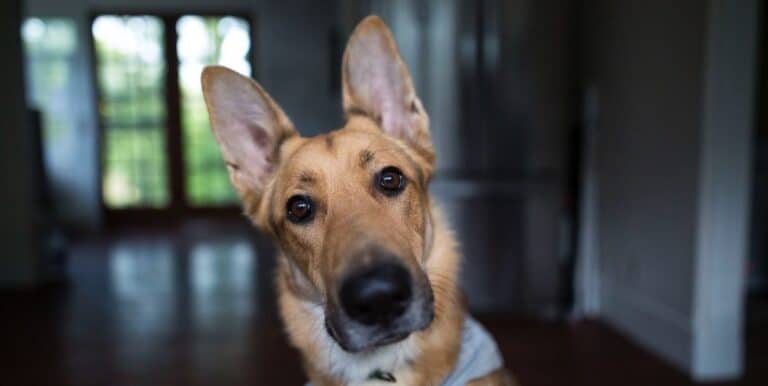What is the Best Way to House Train a Dog?

There are two schools of thought on the best way to house train a dog. A commonly espoused though controversial method is called crate training. There are also traditional methods to house train a dog.
Many veterinarians, breeders, kennel clubs, some humane societies and other professional organizations recommend crate training to house train a dog. Proponents are commonly people that regularly require dogs be penned up for various reasons in their daily work.
The idea behind crate training is to teach the dog to control his or her bladder and bowels while indoors by forcing it to spend the vast majority of its time confined to a carrier-type crate. The dog is let out to eliminate outdoors, exercise, and then crated again until fully house trained.

Crate training demands the owner to be attentive and available to keep an eye on the dog for signs of discomfort. A puppy must be let to eliminate as frequently as once an hour, and even an adult dog should be given an opportunity to relieve itself and exercise at least every four hours. Unfortunately, people can easily abuse this method, leaving the dog locked up while going to work or stepping out for hours at a time.
Dogs are naturally active, social animals that find security in a pack. At home, household members become the dog’s pack. If you house train by crate training, you can expect the dog might cry and bark for the first day at being separated and confined.
Proponents of crate training point out that once the dog has been trained, the door can be left open and the dog can use the crate as a den or bed. If the dog needs to be transported, such as in the case of travel or an emergency, it will already be used to being confined.
The traditional method to house train a dog is paper training, or litter box training. This is a more flexible method for the owner, and arguably more humane for the dog, as it allows the dog freedom of exercise and the ability to relieve itself when needed. For this reason paper training is a better option if you will leave the dog for hours at a time, such as to work, attend lengthy engagements, or even just frequently run in and out.
When you house train a dog using the paper method, the dog is restricted to an area of the house that is easy to clean until it is fully trained. This might be the kitchen or another area with a linoleum floor. Newspapers or a litter box are provided, along with a bed, toys, food and water.

When home, the dog can be let out of the restricted area as long as it is watched. The moment it begins exhibiting signs that it has to eliminate, it is brought to the newspapers or litter box. It will soon learn to use the papers or box with free rein of the house. It can then be easily taught to use the outdoors as well.
There are several advantages to house train by paper training or litter box training. If the dog is to live in the house primarily, you can leave papers or a box down when you can’t be home to let the dog out and he or she will faithfully use them. When you house train using this method you are also less restricted in your schedule, as you don’t have to be available to let the dog out.
A possible disadvantage applies to those that might need to crate their dog for other reasons later. For example, if you plan to show your dog or otherwise engage in activities that require frequent airline travel, it is smarter to house train by crate training. Otherwise, most people find a leash sufficient for moving a dog or visiting a veterinarian’s office. For infrequent moves across country, as in the case of relocation, you can always hire a service to drive your dog across country for you, if you don’t plan to do it yourself.






